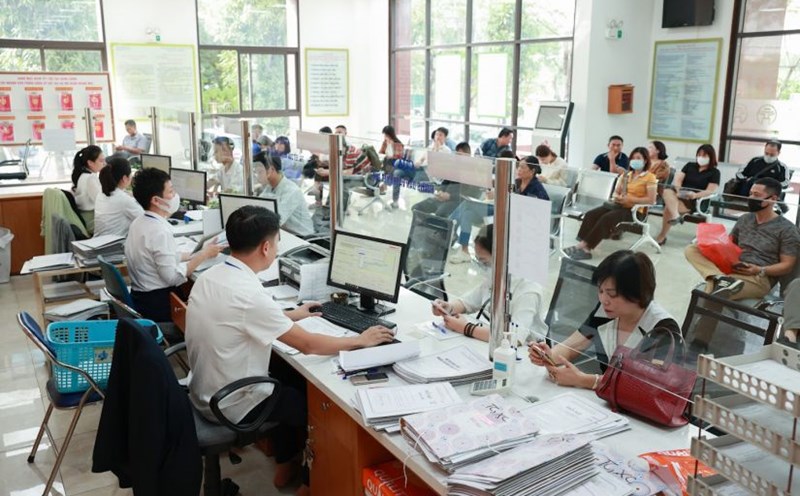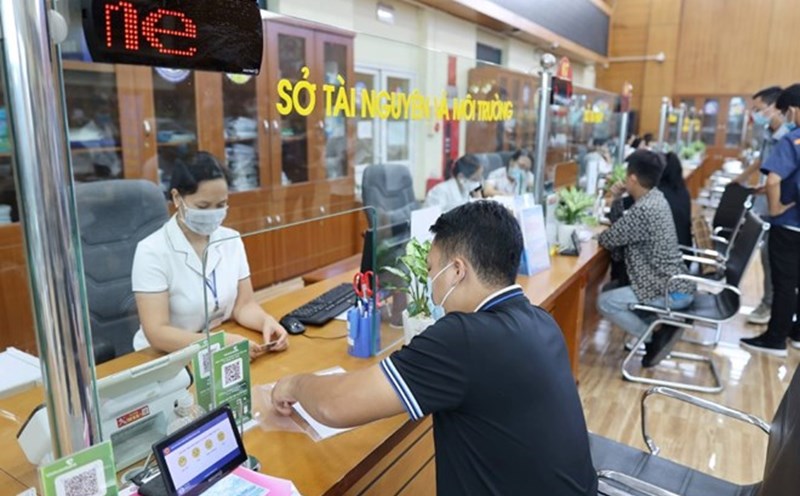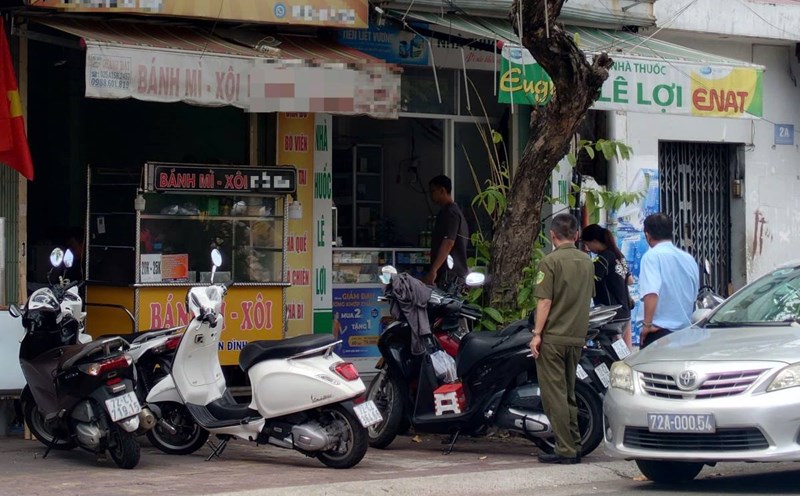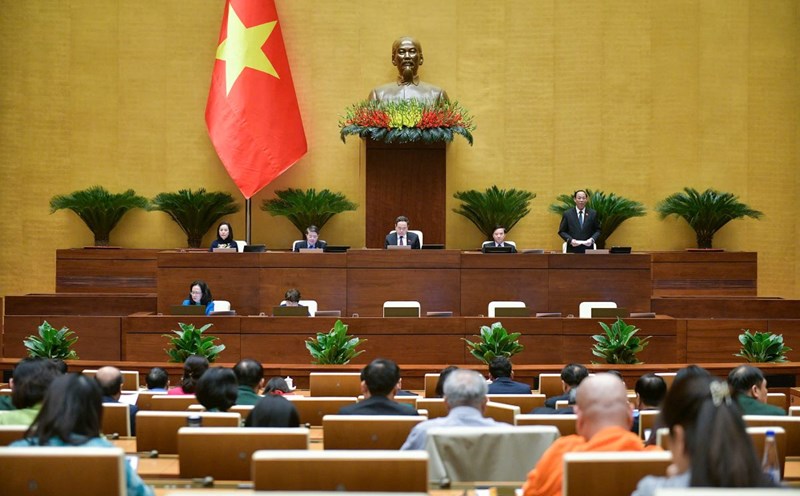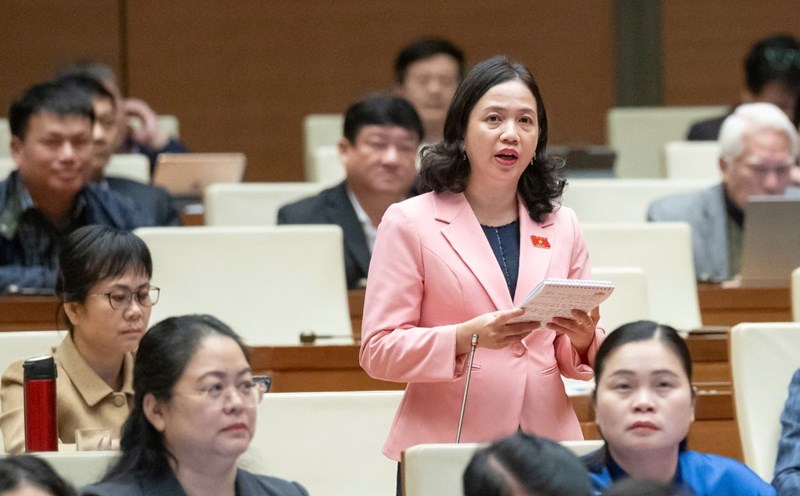Recently, General Secretary To Lam chaired the first meeting of the Central Steering Committee on summarizing Resolution 18-NQ/TW dated October 25, 2017 of the 12th Central Executive Committee "Some issues on continuing to innovate and reorganize the apparatus of the political system to be streamlined and operate effectively and efficiently" (Steering Committee).
According to the decision of the Politburo, the Steering Committee consists of 29 members. General Secretary To Lam is the Head of the Steering Committee.
Speaking at the meeting, General Secretary To Lam emphasized that the reorganization and streamlining of the apparatus in accordance with the spirit of Resolution 18-NQ/TW is an especially important task. Now is the time to fully converge all suitable factors to resolutely carry out the revolution to build a truly streamlined political system that operates effectively and efficiently.
This important work needs to be carried out urgently, carefully, scientifically and principledly. The highest goal is that after the reorganization, the apparatus must best serve the country's development and the people's needs.
Speaking to Lao Dong, Mr. Nguyen Tien Dinh - former Deputy Minister of Home Affairs - said that administrative reform associated with streamlining the apparatus plays an important role in building a government for the people. However, the current apparatus is still too cumbersome, with many internal layers.
“The administrative apparatus is still quite cumbersome, with many intermediate levels. Therefore, if we do not continue to streamline the apparatus and arrange it for efficiency, we will not be able to reduce the staff as expected,” Mr. Dinh commented.
Mr. Dinh said that it is very necessary to study and rearrange ministries and branches in the direction of overcoming overlapping functions and tasks. First of all, there needs to be more decentralization, the administrative apparatus must also be streamlined and more effective. At that time, the apparatus at the central level will be clearly defined to focus on policy making, inspection and supervision, while the local level will organize implementation.
The former Deputy Minister of Home Affairs also affirmed that in the current context, this policy is very suitable to reduce the budget burden, facilitate the effective operation of the apparatus, and ensure socio-economic development.
The former Deputy Minister of Home Affairs noted that mechanical arrangements should be avoided, and arrangements should be linked to streamlining the apparatus, reducing staff, and improving the quality of civil servants. However, careful consideration should be given to how to arrange them appropriately, otherwise “merging and then separating will have the opposite effect.”
According to Mr. Dinh, the goal of restructuring the administrative apparatus, in addition to streamlining the apparatus, must still ensure political stability and efficiency for development. During the implementation process, special attention must be paid to personnel work, because if this work is not done carefully, it will cause instability.
“With the surplus cadres after the rearrangement, we must have policies and thoroughly understand the ideology. In a revolution, of course there will be conflicts, and party members must agree. The problem is that we do it right, objectively to choose the right person for the right job,” Mr. Dinh shared.
Information from the Ministry of Home Affairs said that the work of organizational innovation and streamlining the apparatus continued to be implemented in recent times.
The results of the 2021-2023 period are a reduction of 17 General Departments and organizations equivalent to General Departments (expected to continue to reduce 1 General Department and 5 departments/departments under the General Department), a reduction of 10 departments under the General Department and under the Ministry, a reduction of 145 departments/divisions under the General Department and under the Ministry; a reduction of 13 Departments and equivalents, a reduction of 2,159 divisions and equivalents under the People's Committees at the provincial and district levels; a reduction of 7,469 public service units. From 2016 to 2023, 82,295 staffing levels will be streamlined (7,435 civil servants, 74,860 public employees).

